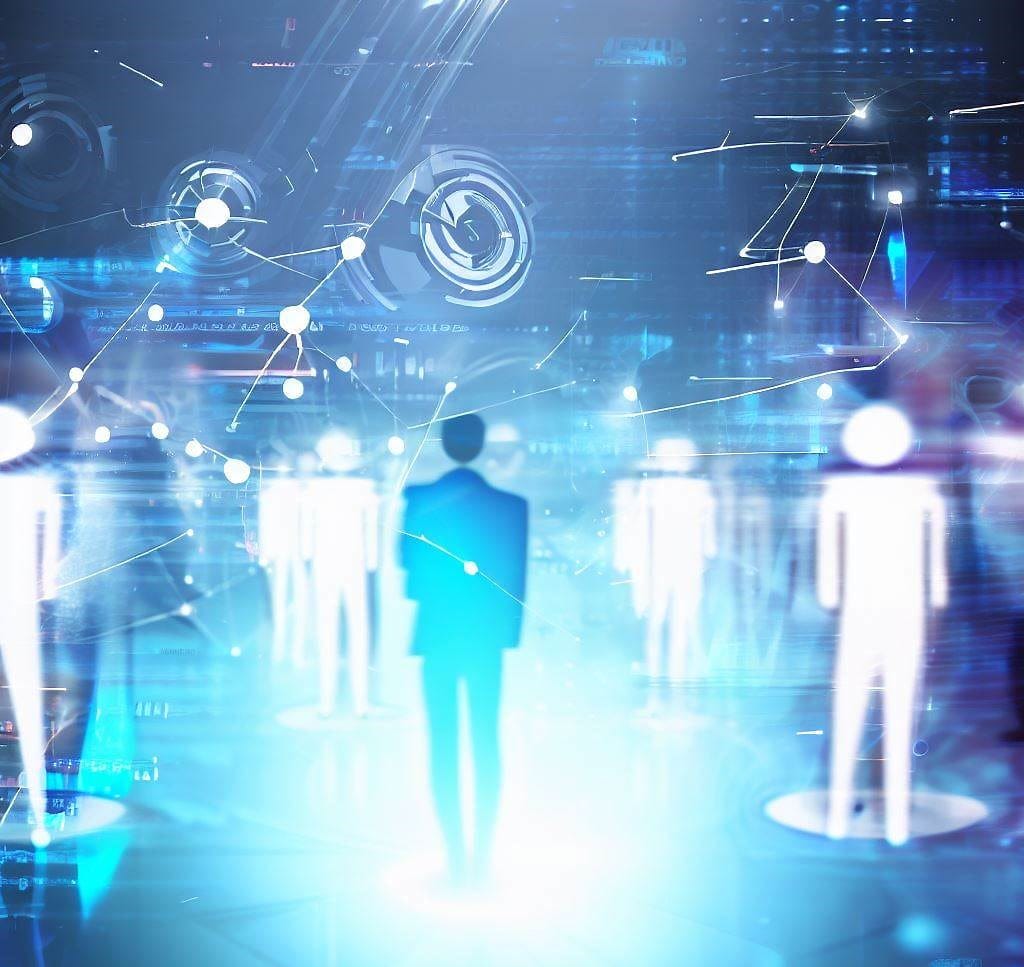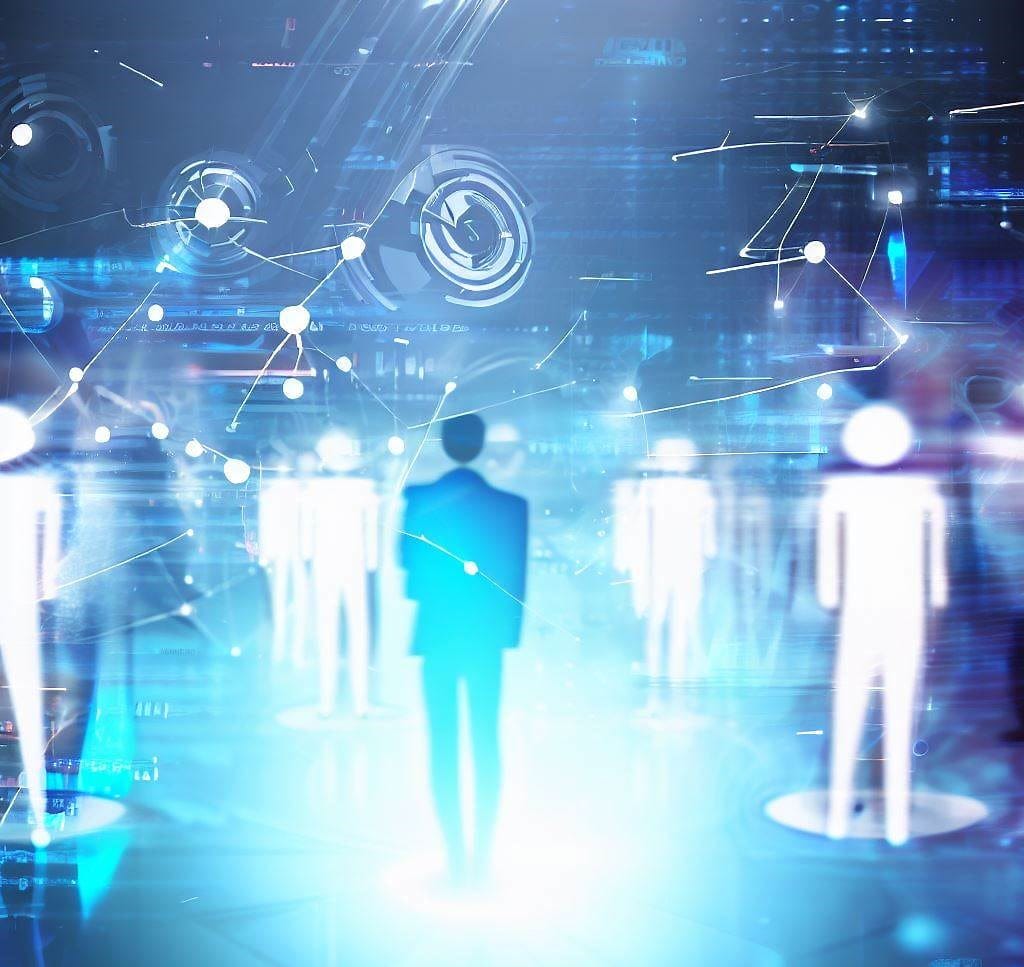YouTube's AI Content Crisis: When Algorithms Create More Problems Than They Solve
The platform that revolutionized video sharing is now grappling with an unintended consequence of the AI revolution: an avalanche of artificially generated content that's flooding feeds and frustrating creators. What started as a technological breakthrough has morphed into YouTube's biggest content moderation nightmare, and the company is scrambling to find solutions for a problem that may have already spiraled beyond control.
The Rise of AI-Generated Content
YouTube's recommendation algorithm, designed to surface engaging content, has inadvertently created a perfect storm for AI-generated videos. Content creators discovered they could use AI tools to rapidly produce videos on trending topics, gaming the system with quantity over quality. The result? A surge in what industry insiders call "AI slop" – low-effort, artificially generated content that prioritizes SEO optimization over genuine value.
Recent data suggests that AI-generated content on YouTube has increased by over 300% in the past year alone. These videos often feature robotic voiceovers, recycled footage, and clickbait titles designed to exploit the platform's recommendation system. While some AI-assisted content provides legitimate value, the sheer volume of low-quality material is drowning out authentic creators.
The Creator Economy Under Siege
For established YouTubers who've built their careers on original content, the AI flood represents an existential threat. Sarah Chen, a educational content creator with 2.3 million subscribers, reports that her videos are now competing against dozens of AI-generated alternatives that cover the same topics but with minimal effort or accuracy.
"I spend weeks researching and producing a single video," Chen explains. "Meanwhile, AI content farms can pump out 50 videos on the same topic in a day. The algorithm doesn't distinguish between my carefully crafted content and their mass-produced material."
The monetization implications are severe. Ad revenue that once flowed to dedicated creators is now being diverted to AI content farms that can produce videos at scale. This shift threatens the livelihood of thousands of creators who depend on YouTube as their primary income source.
YouTube's Response: Too Little, Too Late?
YouTube has acknowledged the problem and implemented several measures to combat AI slop. The platform now requires creators to disclose AI-generated content and has updated its monetization policies to prioritize "original, high-quality content." However, these changes may be arriving too late to reverse the damage.
The company's content moderation systems, already strained by the platform's massive scale, struggle to differentiate between legitimate AI-assisted content and pure AI slop. Manual review processes can't keep pace with the volume of uploads, creating a whack-a-mole scenario where problematic content continues to proliferate.
The Broader Implications
YouTube's AI content crisis reflects a larger tension in the creator economy between technological innovation and content quality. As AI tools become more sophisticated and accessible, the barrier to content creation continues to lower. While this democratization has benefits, it also enables bad actors to exploit platform algorithms for profit.
The situation has implications beyond YouTube. Other platforms, including TikTok and Instagram, are beginning to see similar patterns of AI-generated content flooding their feeds. The lessons learned from YouTube's struggles will likely influence how these platforms approach AI content moderation in the future.
Looking Forward: Can the Genie Be Put Back in the Bottle?
YouTube's AI content crisis illustrates a fundamental challenge of the digital age: once a technological pandora's box is opened, it's nearly impossible to close. The platform's attempts to retroactively address the problem highlight the importance of proactive content policies and the need for more sophisticated detection systems.
The ultimate solution may require a combination of improved AI detection tools, stricter monetization requirements, and algorithm adjustments that better reward authentic content creation. However, implementing these changes without stifling legitimate innovation remains a delicate balancing act.
For creators and viewers alike, YouTube's AI content crisis serves as a reminder that the rapid pace of technological change can have unintended consequences. As platforms continue to evolve, the challenge will be maintaining the delicate ecosystem that makes online content creation both accessible and valuable. The success or failure of YouTube's response will likely set the precedent for how the entire creator economy adapts to an AI-dominated future.

